Powerpoint presentation

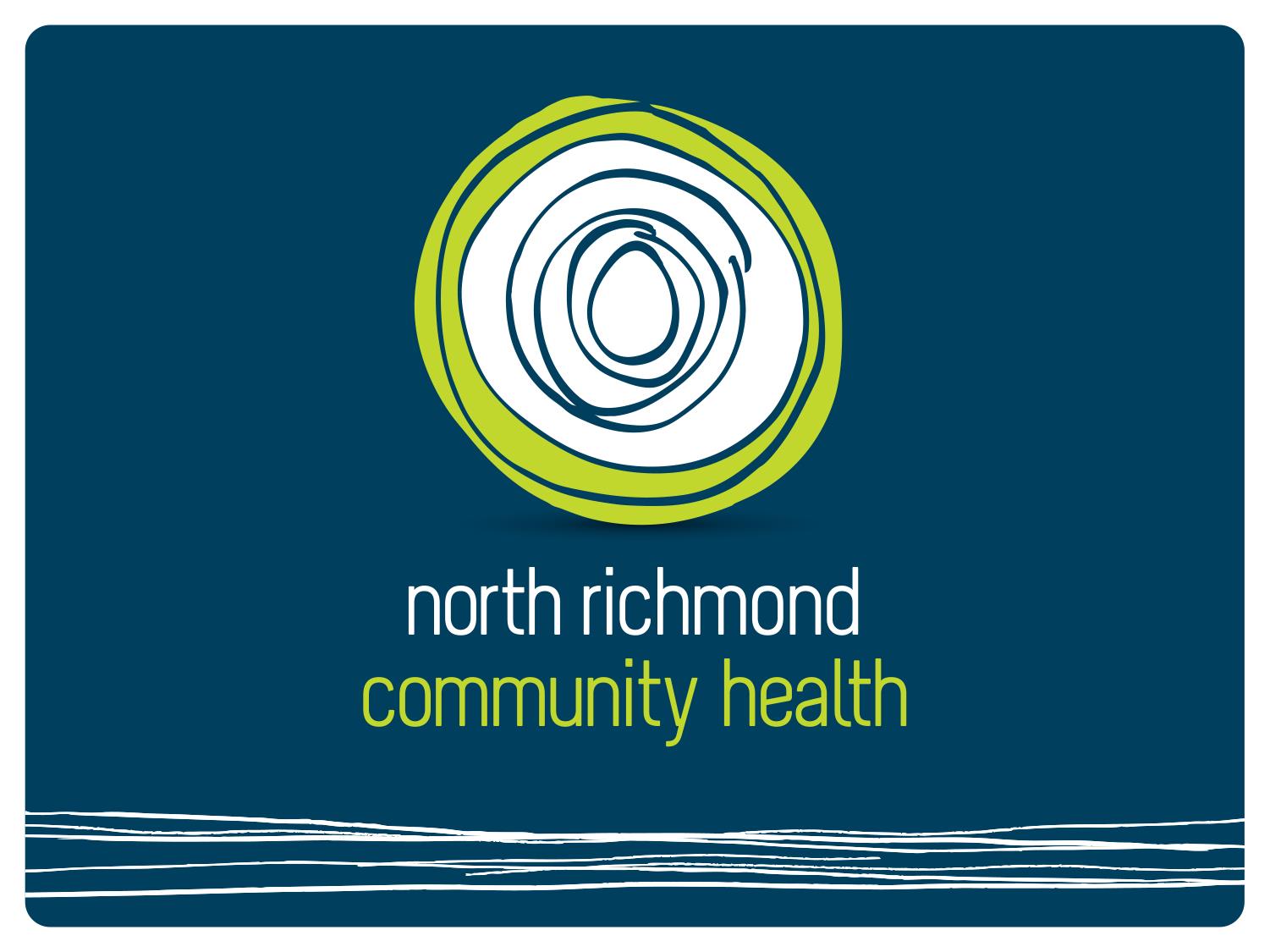
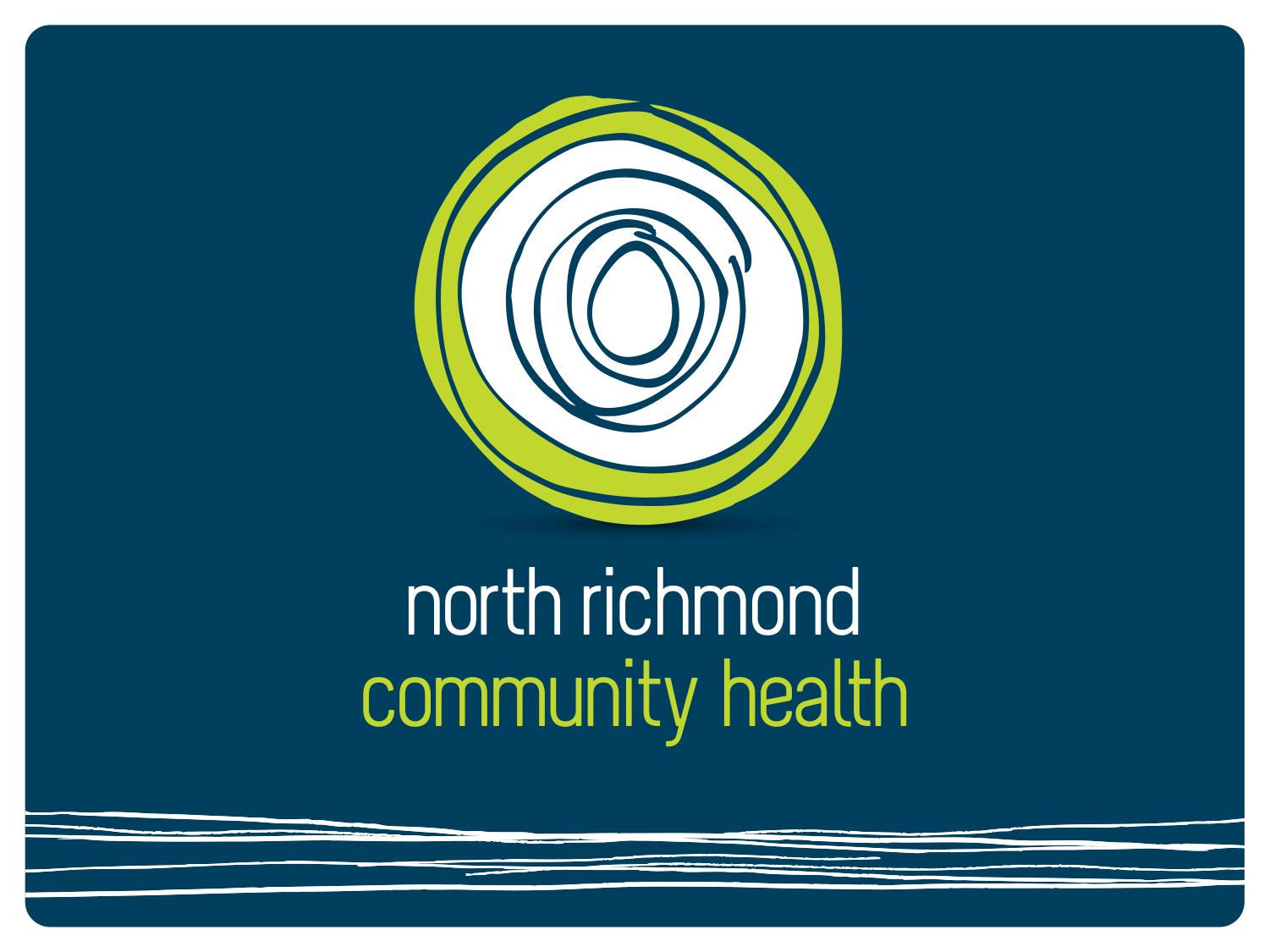
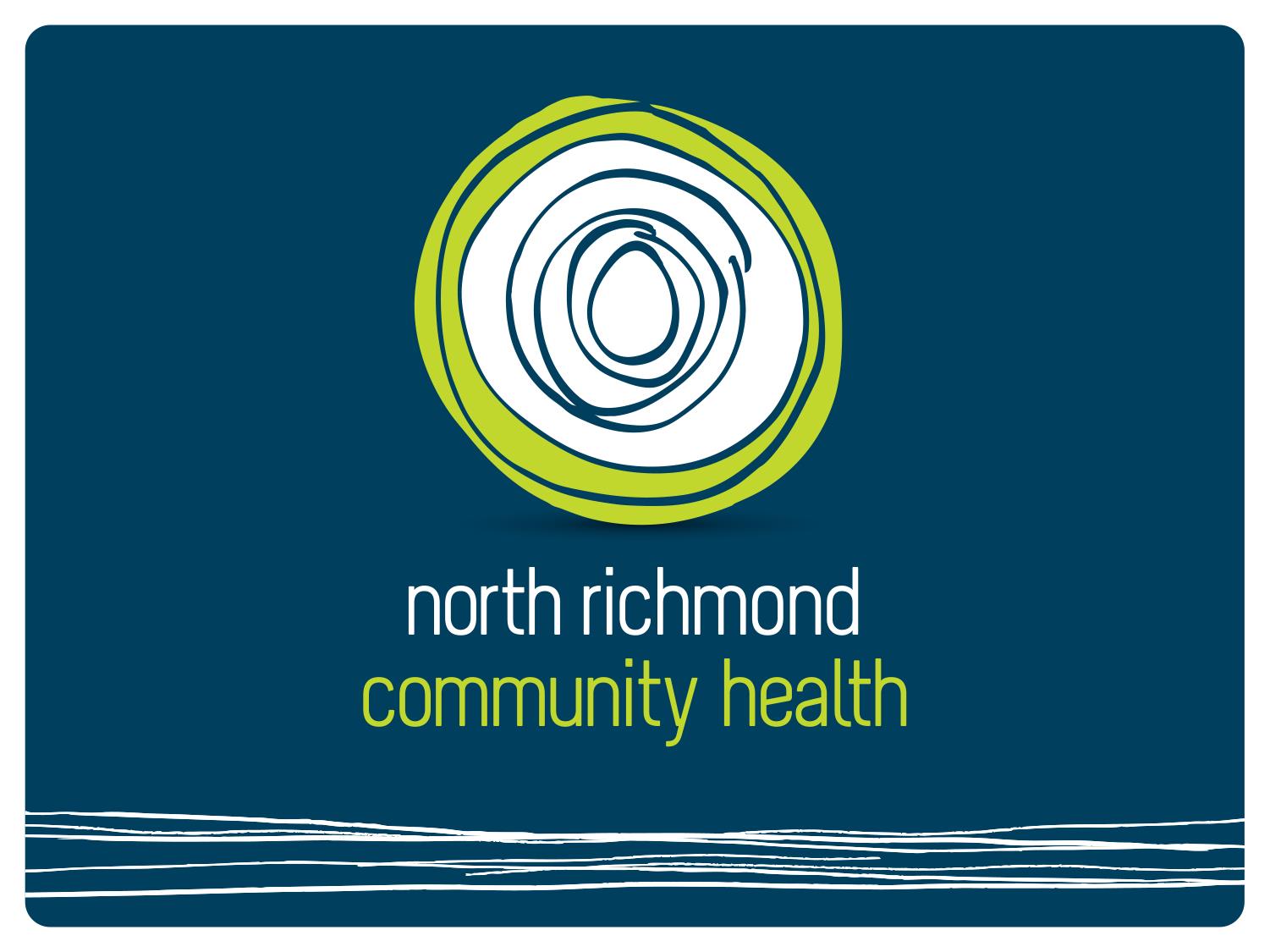
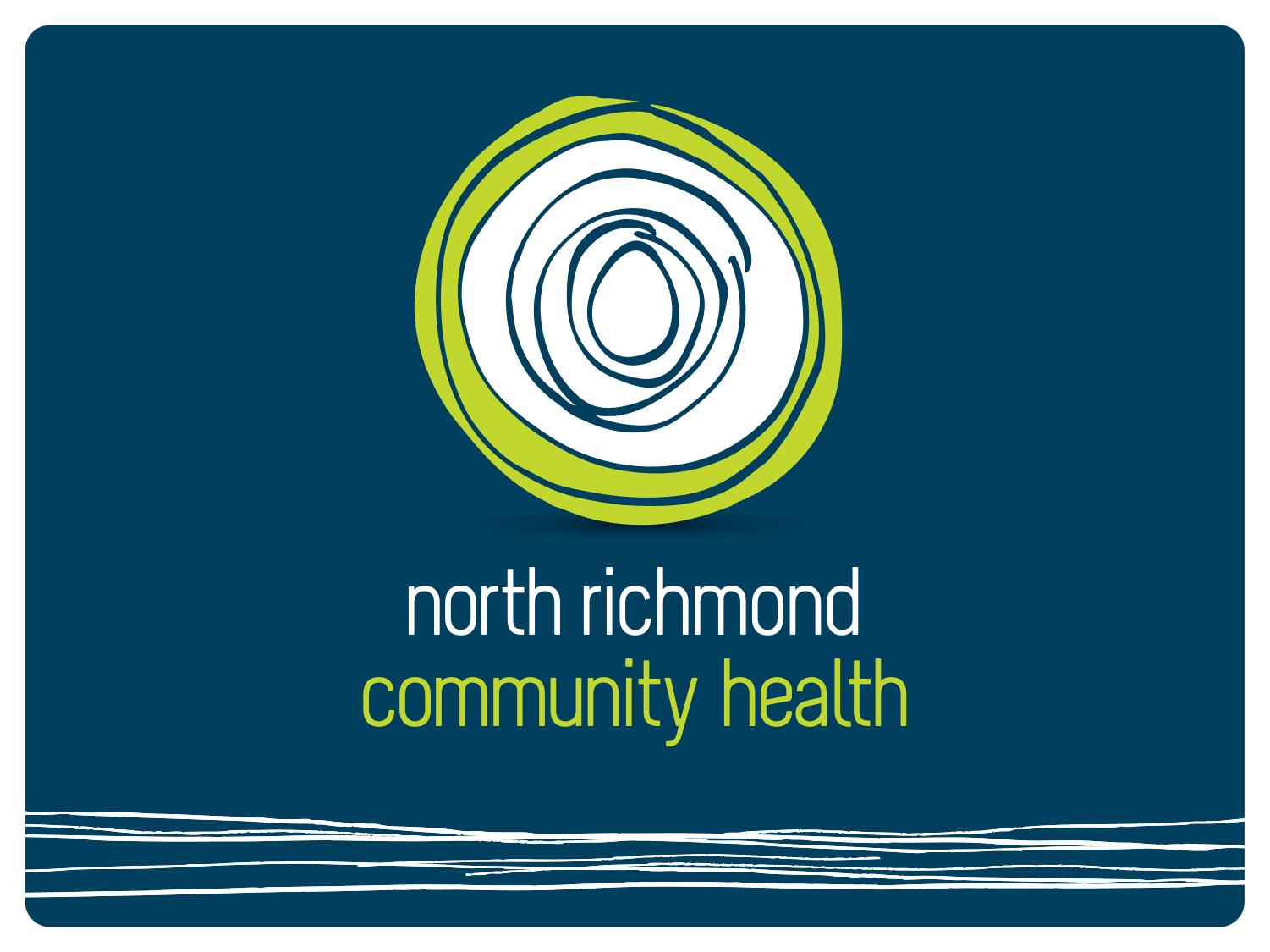
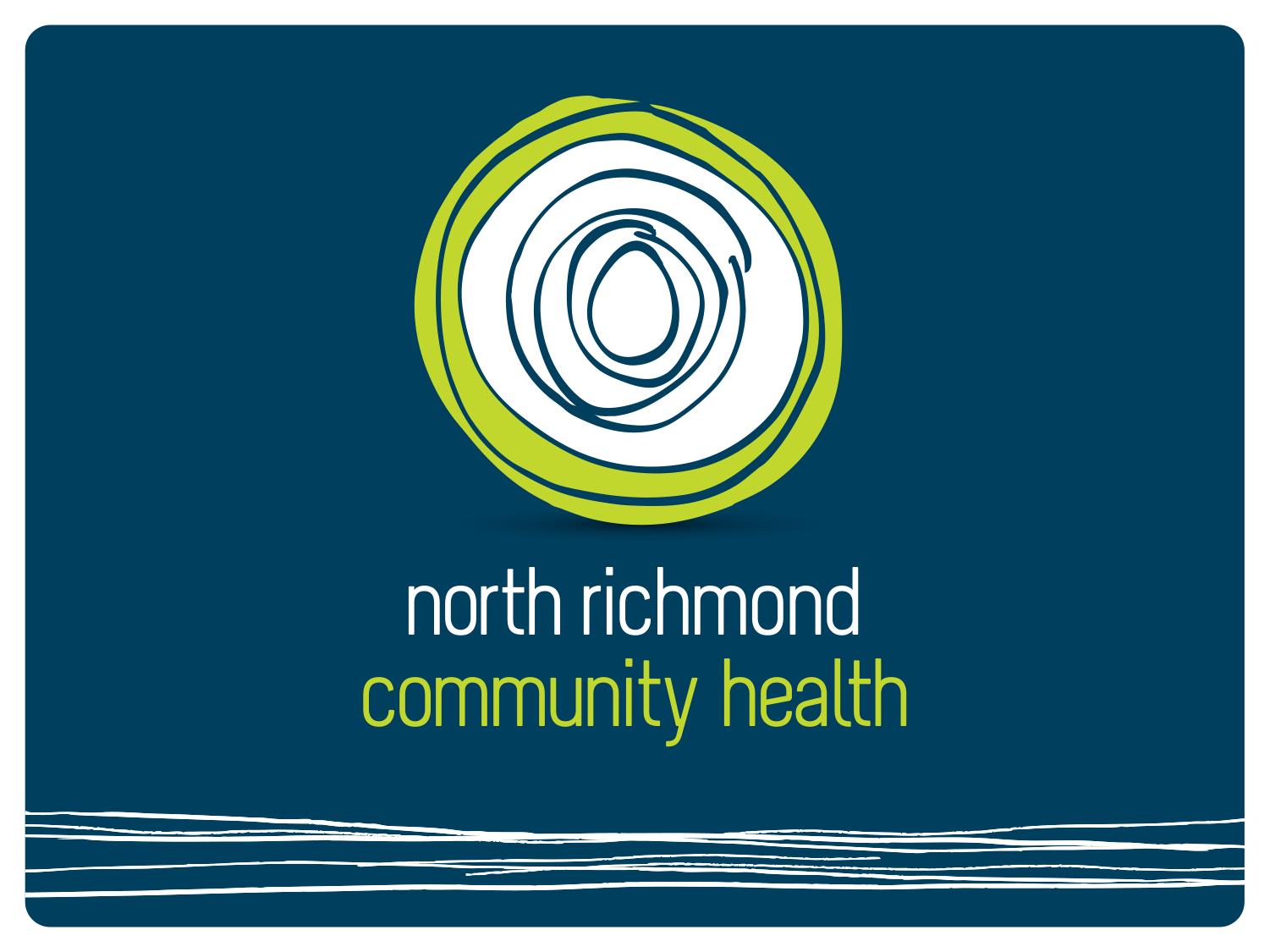

Smoking Cessation Pilot Program
Oral Health Therapist

Aim of this session
• Increased awareness of cigarette smoking statistics
• Improved knowledge of smoking cessation
products and aids
• How to implement a smoking cessation program
Smoke Free at North Richmond
• March 2015 City of Yarra grant to provide smoking
cessation intervention to those ready to quit
• Referred by GPs and oral health staff from both Fitzroy and
• Offered free of charge, ongoing one on one counselling
• Face to face sessions and telephone service offered• Pilot program showed promising results• Ongoing program for 2016
What are your experiences with
smoking cessation advice in the
health care setting?
Every conversation could
The World Health Organisation
‘The global tobacco epidemic has now assumed pandemic proportions, with about 1.3 billion tobacco users and 6 million annual deaths from tobacco use. The epidemic also involves substantial healthcare, social, and economic costs across high-, middle-, and low-income countries.' (Asma S, Mackay J, Song SY, Zhao L, Morton J, Palipudi KM, et al., The GATS Atlas. 2015. CDC Foundation, Atlanta, GA.)
Tobacco smoking is the single
most preventable cause of ill
health and death in Australia.
Australia's Health AIHW 2010
Smoking in Australia; the facts
• Every person who smokes, regardless of how often or how
much have twice relative risk of morbidity.
• 15,500 Australians die each year from smoking
• Smokers will lose 10 years of life on average
• Up to 2 in 3 long-term smokers is killed by smoking
• 12% of all deaths in Australia are due to smoking
• 30% of all deaths from cancer are due to smoking
• The smoker loses an average of 3 months of life
or each year quitting smoking is delayed after age 35
Current Facts and Figures in Australia
•Plain packaging as of December 2012•Investment into marketing campaigns against smoking•25% tax increase in April 2010•Four increases in tax from December 2013 to September 2016•Reduced duty free concessions
AIHW 2014. National Drug Strategy Household Survey
Reasons for Smoking
• Stress relief• Socialising• Boredom• Concentration aid• Alertness• Weight control• Enjoyment
‘Cost and concern for health were
the main reasons smokers tried to
quit or cut down.'
AIHW 2014. National Drug Strategy Household Survey
Brief intervention – the 5As
all clients should be asked about their
smoking.
all clients should be asked how they feel about their smoking.
all clients who smoke should be advised of health effects
all clients who smoke should be provided with information and support
All clients who smoke should have follow
a follow up
Smoking Cessation Guidelines for Australian General Practitioners, 2003
• Brief advice from a health professional can double the rate of
quitting Cochrane Collaboration 2008
• Every client who smokes should be offered brief opportunistic
• Every client who identifies as ready to quit or attempting to
quit should be offered follow up advice or directed to someone who can offer advice
• Best quit results when Nicotine Replacement Therapy (NRT)
and/or pharmacotherapy is combined with support and counselling
• Pharmacotherapy should be offered to those motivated to
• It can take an average of 8 quit attempts
Nicotine replacement therapy (NRT) – combinations of will increase chance of quitting over single formulations
Bupropion (Zyban)
Varenicline (Champix) – more effective than single NRT or Zyban and just as effective as combinations of NRT
Smoke free at NRCH Program Outline
• Oral health program integrated with GPs, dietician,
diabetes counsellor and social workers
• Provide a one on one smoking cessation
counselling program to 40 people from culturally and linguistically diverse backgrounds
• Develop improved pathways within NRCH• Improved health outcomes
• Between March and October 2015
• 71 clients referred
• 18 clients participated
• 2-3 visits per person plus telephone discussion
• 4 clients dropped out
• 11 clients reduced
• 3 clients were quit at last follow up
• 1 gym membership sold
• Self reported saving of finances• Self reported improved confidence to
• Improved knowledge of smoking cessation
• Long term benefit of improved oral health?
Changes to the program
• Increase number of trained counsellors• Offer training to the front desk staff in motivational
• Flexibility with appointment booking• Continue to improve upon referral pathways within NRCH,
dietician, counselling, diabetes education
• Consider offering opportunistic counselling to drug and
alcohol and mental health clients
• Charge item number 142 tobacco counselling• Consider group sessions
Role play activity
Think of a behaviour that you would like to change
An example: I'd like to drink less coffee
I'd like to eat less sugarI'd like to exercise more
Ask your partner and record:
What do you like about this behaviour?What don't you like?
What is most important to you? If there are more dislikes than likes, What could you do about this behaviour?
• What is your goal?• How will you achieve your goal?• Objectives
Lung Health at the Alfred
Online Learning
National Centre for Smoking Cessation and Training
Australian Association of Smoking Cessation Professionals
ReferencesAIHW 2014. National Drug Strategy Household Survey detailed report: 2013. Drug statistics series no. 28. Cat. no. PHE 183. Canberra: AIHW.
AIHW 2015. Tobacco Indicators Baseline Data: Reporting under the National Tobacco Strategy 2012–2018. Drug statistics series no. 29. Cat. no. PHE 189. Canberra: AIHW
Asma S, Mackay J, Song SY, Zhao L, Morton J, Palipudi KM, et al., The GATS Atlas. 2015. CDC Foundation, Atlanta, GA.
Attar-Zadeh D, Update on smoking cessation medications. Practice Nursing 2015, Vol 26, No6.
McEwan A, Gothier L, Smoking Cessation: The Heart of the Matter. Nurse Prescribing 2014, Vol 12, No2.
BrittonJ:In defence of helping to stop smoking. The Lancet Vol 373 Feb 2009.
Dr Colin Mendelsohn
McEwan A, Hajek P, McRobbie H, West, R. Manual of Smoking Cessation, A Guide for Counsellors and Practitioners. 2006 Blackwell Publishing
Stead L., Bergson G., Lancaster T. Physician advice for smoking cessation. Cochrane Database Syst Rev 2008; (2): CD000165
Benowitz NL, Nicotine Addiction. N Engl J Med 2010;362:2295-303
Australia's Health AIHW 2010
Central Northern Adelaide Health Service and Drug and Alcohol Services of South Australia,The tobacco and mental illness project, 2009http://www.themhs.org/resources/399/the-tobacco-and-mental-illness-project
Images from the Noun Project:Ryan Choi, Anbileru Adaleru, Trace Lexington Byrd
Source: http://www.wheremindmeetsmouth.com.au/wp-content/uploads/2015/12/NRCH-Smokefree-Pilot-Program-Presentation.pdf
Mini-Reviews in Medicinal Chemistry, 2005, 5, 479-487 Human Acetylcholinesterase Inhibitors: Electronic-Topological and NeuralNetwork Approaches to the Structure-Activity Relationships Study F. Kandemirli*, 1, M. Saraçoglu2 and V. Kovalishyn3 1Department of Chemistry, Kocaeli University, 41000, Kocaeli, Turkey
Anna Ananieva / Christiane Holm Phänomenologie des Intimen Die Neuformulierung des Andenkens seit der Empfindsamkeit in: Der Souvenir. Erinnerung in Dingen von der Reliquie zum Andenken, hg. v. Museum für Angewandte Kunst Frankfurt. Köln: Wienand 2006, S. 156-187. Mit der Herausbildung einer neuen Gefühlskultur ab Mitte des 18. Jahrhunderts ist eine grundlegende Zäsur in der Geschichte des Souvenirs, im deutschen Sprachgebrauch der Zeit: des















